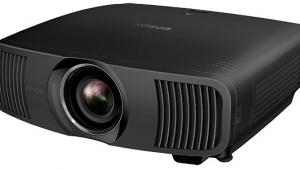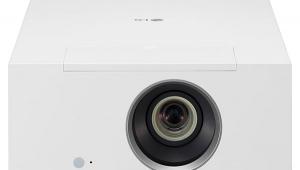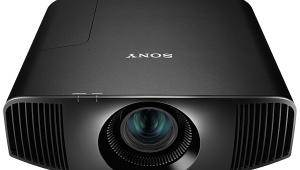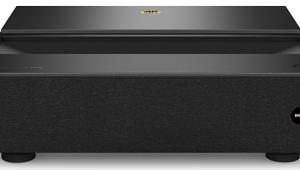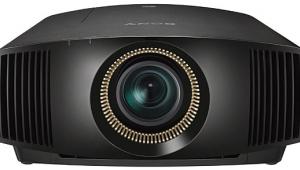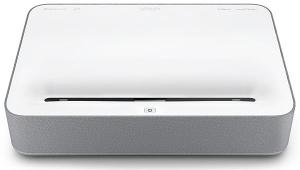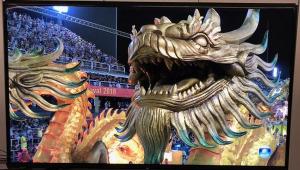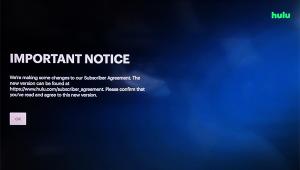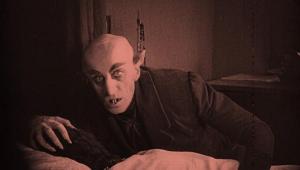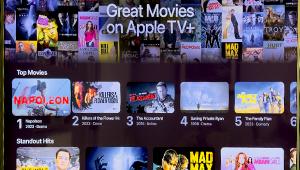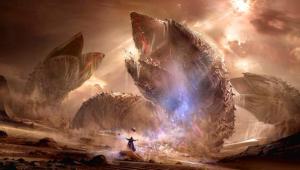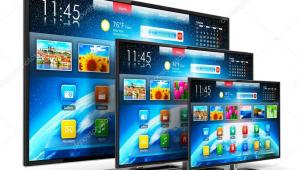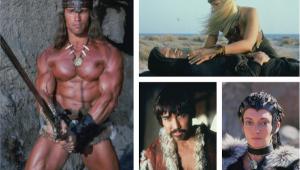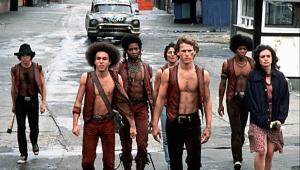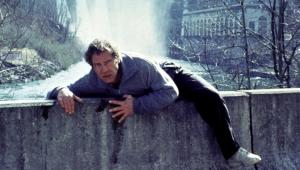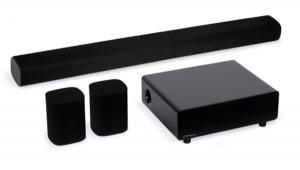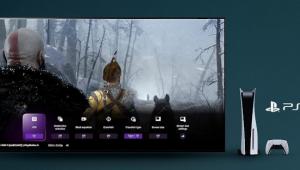Runco D-73d 3D Projector

Key Features |
| $49,995 base price / $72,395 as tested (includes Shasta CineWide lens with AutoScope) runco.com |
| • LED light-engine • 1080p Full HD DLP projection • Rated light output in 2D high-bright mode: 1400 ANSI; rated light output in 3D mode: 483 ANSI • Digital Compass feature allows for near-perfect pixel calibration at any point on the screen • Dimensions/Weight: 22.1 x 24.5 x 16 inches; 100 |
I first experienced Runco’s new D-73d 3D projector at the CEDIA Expo last September and was pretty impressed. By “pretty impressed” I mean that it was the best display of 3D technology I witnessed at the show. I find myself prone to headaches and discomfort when viewing many 3D demonstrations, and the D-73d was the easiest-on-the-eyes solution I’d seen. But there is a big difference between being wowed by a 10-minute demo and evaluating something critically for hours on end. So, when an opportunity to review this new projector at Runco’s factory headquarters came up, I jumped at the chance!
Since this was a pre-release unit assessed at the factory, I will not be doing a typical review with grayscale before and afters, contrast measurements, and scaling performance tests. My goal was to spend as much time as possible with the projector in 3D mode to see if my initial feelings held up over a full day’s viewing. To that end, I spent nearly eight hours with the D-73d, free to watch — or play with — whatever material was at my disposal. Runco’s viewing room had absolute light control, with black walls and ceiling and dark carpeting.
Runco’s approach to 3D is unique in the home space in that it uses a passive, double-stack solution. Essentially, two of the company’s Q750 LED-based DLP projectors are mated together in a single chassis with video routed through its new 3Dimension processor. The 3Dimension processor is essentially three of the company’s DHD4 processors: one that splits incoming 3D video signals into two parts, and a dedicated unit for each of the projectors. A polarization filter slides in front of each of the D-73d’s lenses when viewing 3D material, with the discrete left- and right-eye images then filtered by passive glasses. Since 1080p left- and right-eye images are always on the screen, Runco calls its solution Constant Stereoscopic Video (CSV). It claims that the benefit to its approach is freedom from the fatigue that single-projection systems induce by rapidly strobing left/right eye images onto the screen. Additionally, since both of the D-73d’s light engines can also be utilized for viewing 2D material, a configuration that doubles picture brightness while retaining contrast, it can be used to drive a much larger-size screen.
- Log in or register to post comments





